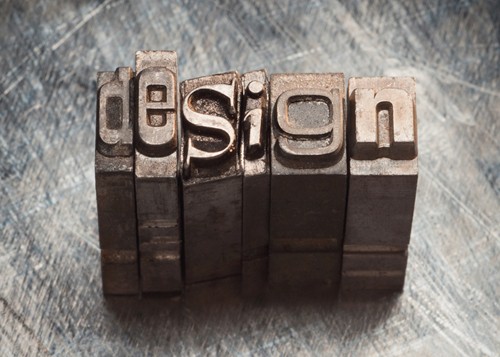
Designing and creating a sign solution involves paying attention to every detail in a piece and tweaking them so they are the most effective they can be. This could include elements that aren't as flashy or easy to identify, such as the spaces on signs made by custom screen printing where there appears to be no content. Although a viewer could think of these spots as being "empty," for a designer they are opportunities, even if they don't play a noticeable role in the overall design.
Fast Company recently featured excerpts from a 2006 interview with late designer Massimo Vignelli, the man behind a New York City subway station map in the 1970's and signage used in the late 60's. He said that the space between letters was necessary for creating an image's desired effect.
Vignelli also lamented the use of too much information and indicating things when he shouldn't have in his own work. Ornate designs could attract the eye but also confuse an onlooker.
"We think typography is black and white," Vignelli stated. "Typography is really white, you know." He clarified by saying "It is the space between the blacks that really makes it," and adding that "the spacing between letters is important, and the spacing between the lines is important, too. And what typographers do, what we do all the time, is continuously work with those two elements, kerning and leading."
Ideas like this can factor into strong choices that leave a business with a brand logo that is unique to them. For those that are just starting a new campaign and brand identity, a professional graphic designer could translate a style that uses effective visual techniques in one medium to others seamlessly as the business grows and expands.